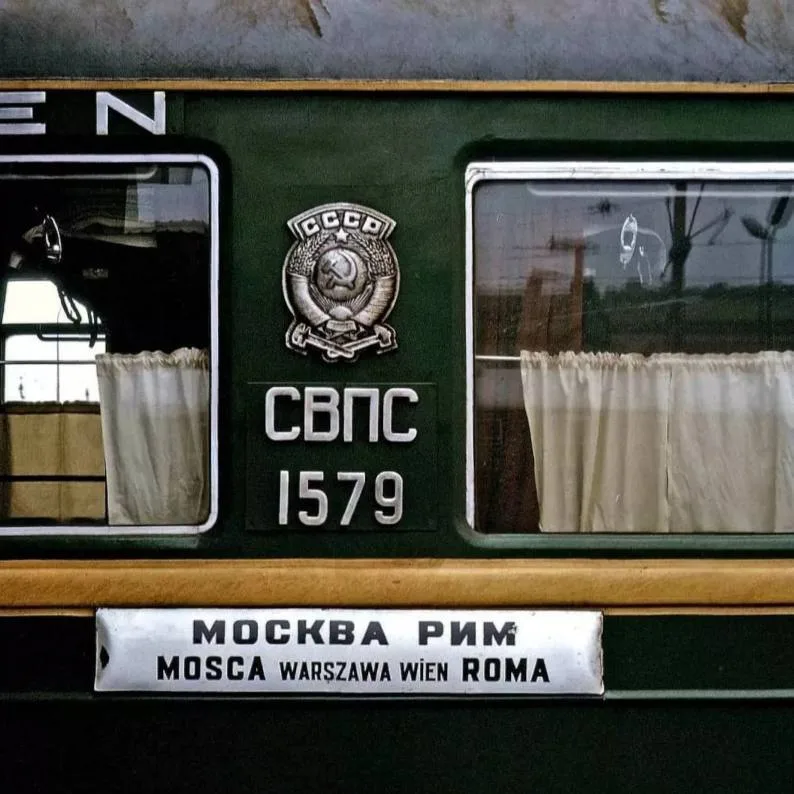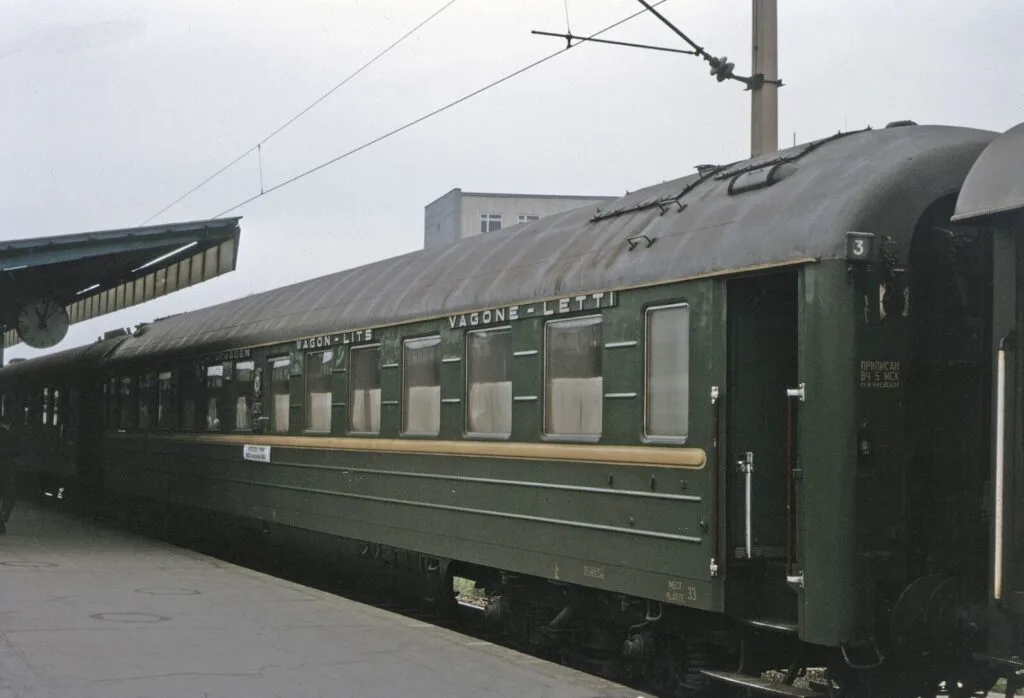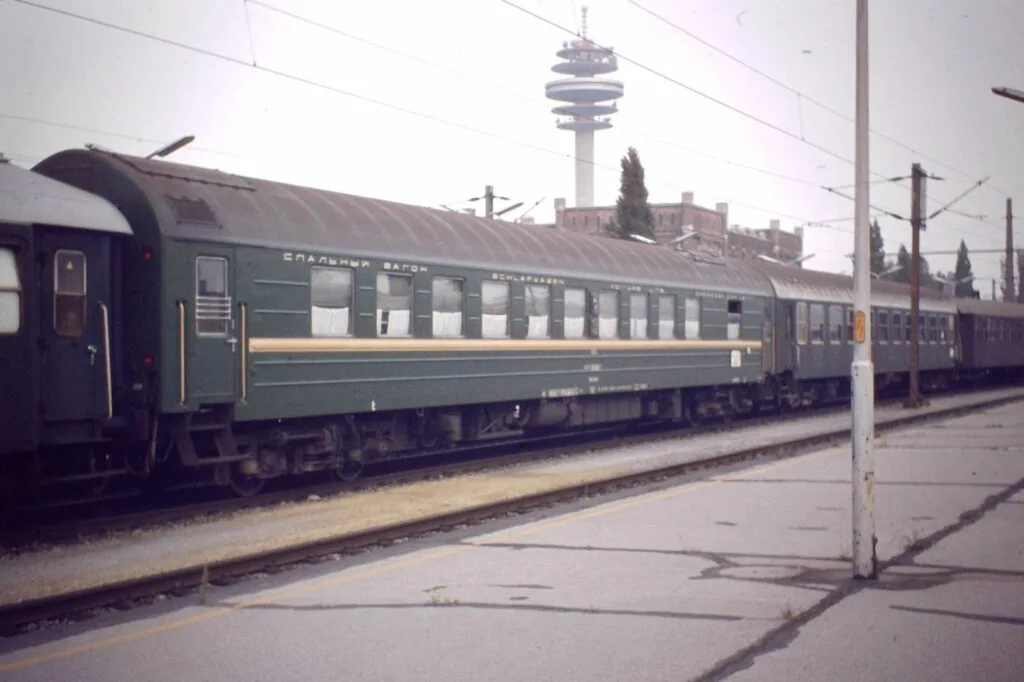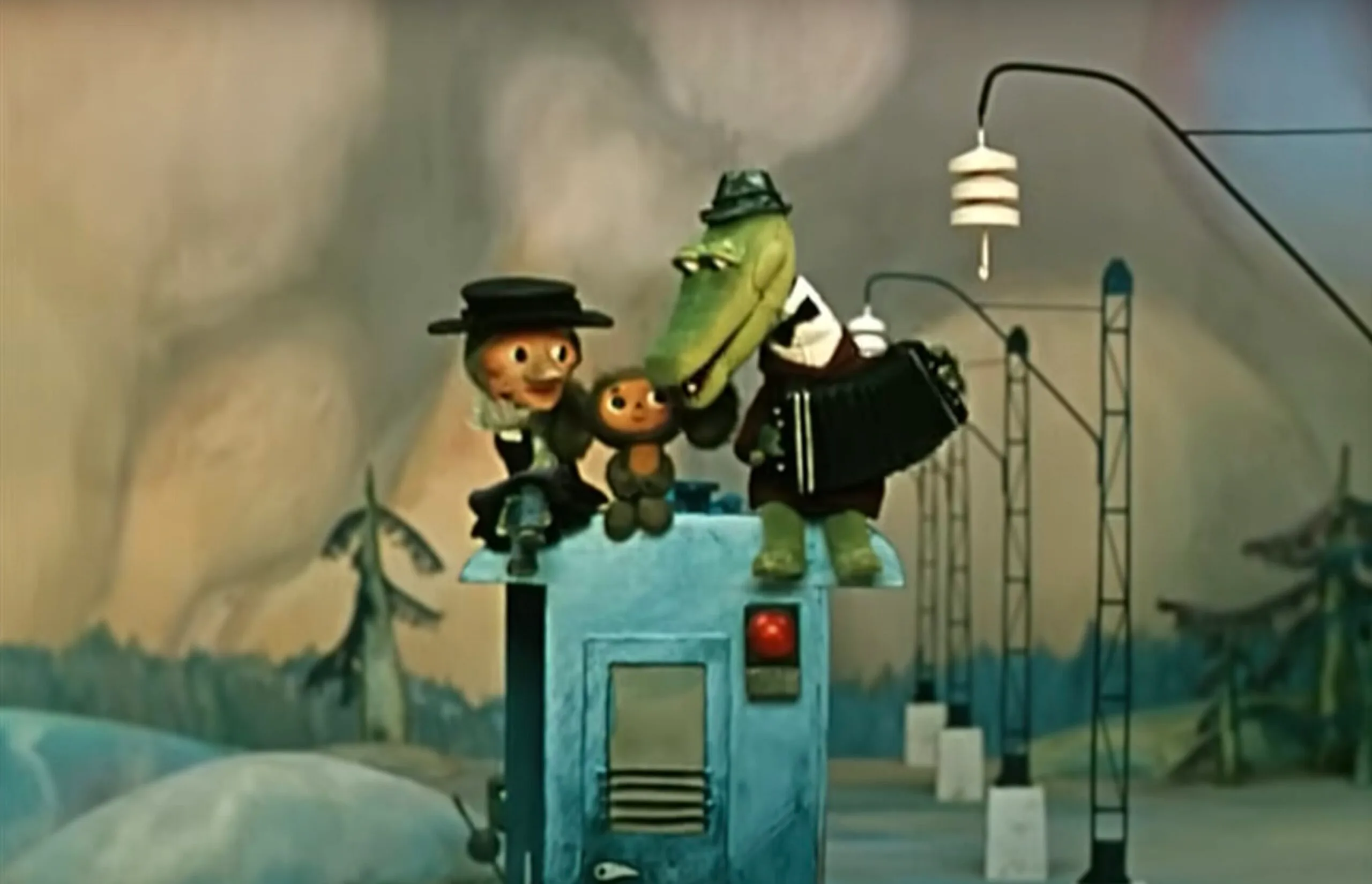Internet users discovered an unexpected subtext in a song from a Soviet cartoon: it allegedly contains a hidden reference to the first wave of Jewish emigration from the Soviet Union. We have verified the veracity of such statements.
In October-December 2024, a text was widely circulated on the Internet, the author of which talked about an unknown connection between the song from the cartoon about Cheburashka and the repatriation of Soviet Jews, unknown to most. It said: “Jewish emigrants went first to Vienna, and from there some to Israel, and some to where. The Moscow-Vienna carriage was attached to a train that went only to the USSR border. The train carriages were green, and only the Vienna one, in which the Jews were traveling, was blue. Numerous friends and relatives who saw them off at the Moscow station knew this very well. Of course, the authors of the song, Shainsky and Uspensky, who did not leave, also knew.” This text turned out to be especially popular V Facebook, and also spread By many entertaining sites.
Composer Vladimir Shainsky and writer Eduard Uspensky composed the song “Blue Car” for the cartoon “Shapoklyak" - the third in a series about the adventures of Cheburashka. In their interviews, both did not talk about the circumstances described in the viral text related to the origin of this song. Shainsky emigrated to Israel in 2000, but moved to the USA a few years later. As for Uspensky, although he repeatedly been to Israel, did not (judging by open sources) have citizenship of this country.
In the cartoon, released in 1974, it is clearly indicated that we are talking about the Moscow-Yalta train (and at the end of the film, when, in fact, the song “Blue Car” sounds, the train is already traveling in the opposite direction).

In reality, there is not and never has been a railway in Yalta. The nearest railway station to this city is in Simferopol, from where you can get to Yalta by car, taxi or public transport (in particular, by intercity trolleybus, which goes directly from the Simferopol station). It is noteworthy that Uspensky’s story “Vacation of Crocodile Gena", which formed the basis of the cartoon, is slightly different in this detail from script: in the story the train goes not specifically to Yalta, but to the southern coast of Crimea. In addition, Uspensky’s original text specifies that the train departs from the Kievsky station.
The carriages of Soviet trains were most often painted green, but an exception was made for branded trains. They had special liveries of different colors, including blue and blue shades: e.g. Moscow — Murmansk, Moscow — Kyiv, Moscow — Novorossiysk etc.
As for the train to Vienna, on which the Soviet Union really left many emigrants of the 1970s, the viral text describes it inaccurately. In particular, the author states: “The Moscow-Vienna carriage was attached to a train that went only to the USSR border.” In fact, the Moscow-Rome train went through Vienna, which was leaving from Belorussky railway station. “Verified” was unable to find reliable information about whether it had branded status and whether it had its own livery. Moreover, in all the color photographs we found in open sources from the 1960s–1980s, the carriages of this train are painted in the standard green color with a yellow stripe.



Most likely, the author of the viral text is a writer Leonid Sapozhnikov. At least the earliest publication that Verified found, which contains a statement about the connection between the Blue Carriage and Jewish emigration, appeared in his Telegram channel on April 27, 2024 at 08:25 Moscow time. In the comments, the author clarifies that he told a story known to him since the 1970s. On the same day, text under a different title (“Farewell Jewish song” instead of “From the history of one song”), but also signed by Sapozhnikov appeared in the Boston online almanac "Swan". In response to the question “Verified”, the writer confirmed his authorship, but at the time of publication of this analysis he did not explain on what sources his text was based.
Thus, there is no evidence that the song “Blue Car” contains references to the experience of Jewish emigration from the USSR. The carriages of a number of Soviet branded trains were painted blue, but the Moscow-Rome train traveling through Vienna was green. There is no reliable information in open sources that some of the carriages of this train were blue. The text about the special meaning of the song “Blue Car” was first published in the spring of 2024; earlier mentions of this theory (half a century since the composition was written) “Verified” also could not be found.
Cover photo: YouTube screenshot
Read on topic:
- Arzamas. How Jews and anti-Soviet activists fled the Soviet Union during the era of stagnation
- "Amateur". The path of a Soviet Jew to America
- Is it true that the melody of the song “Chunga-Changa” is borrowed from the anthem of the SS division “Totenkopf”?
- Is it true that they banned showing “Smesharikov” in Moldova?
- Is the story about a passenger who performed a striptease on a plane with Orthodox Jews true?
If you find a spelling or grammatical error, please let us know by highlighting the error text and clicking Ctrl+Enter.






